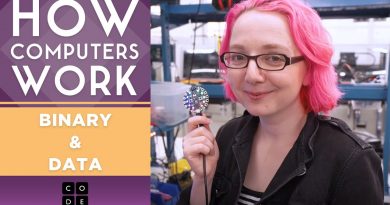How Does Hardware and Software Communicate?
A system resource is a communication tool that allows hardware and software to communicate with one another. When an application needs to communicate data to a maneuver, such saving a register to a hard drive. When the equipment requires attention, such as when a key on the keyboard pressed. To communicate, the hardware or software makes use of the organization’s resources. System resources divided into four categories.
Input/output addresses, interrupt requests, and direct memory access channels are all stored in memory. When we press a key on the keyboard, the keyboard tries to inform the CPU that a key has pressed. However, the CPU is already occupied with something else. As a result, the keyboard sets up a voltage on the IRQ line that has assigned to it. And this voltage informs the CPU that the machine has a request that has processed. Memory viewed by an operating system as a long list of bits that it may use to store data and instructions, like to a one-dimensional spreadsheet.
Consider a cache address like a central figure in a play. Regardless of whether or not someone seated in it, each Seat assigned a number. Data or instructions could be sitting outside a fanny.
Most of the time, these locations appear on the screen as a hexadecimal multiplicity in segment offset form. The CPU can access hardware devices using input output addresses, which are simply advertised ports, in the same manner that it uses recollection addresses to access physical storage. The motherboard’s address bus sometimes carries recall addresses and other times input output addresses.

Each hardware operation listens to the address bus if it has been set to convey input output addresses. For example, if the CPU wants to connect with the keyboard, it will place the keyboard’s Input Output address on the address bus.
The CPU announces that the Input Output homes are on the address pipeline once the address is placed. All input output controllers have been “waiting” for their address for some time now. Not my address, says the hard disk controller. Not my address, says the floppy disk controller. However, because the keyboard controller thinks it’s a pit, I’ll answer.
On the bus part, input and output address directions are similar to an old-fashioned dial party line. Only one machine responds after all the machines have examined the addresses. A direct memory access channel is another plan resource that used by both hardware and software. A technology that allows an input output device to transfer data directly to cache without going through the CPU. DMA channels used by various maneuvers, such as the printer.
Others, like the mouse, are not. DMA canals are no longer as popular as they once were. DMA channels are slower than modern techniques due to their design, although slower devices such as floppy drives, sound cards, and tape drives can still use them.
DMA transports elapsed data between equipment design and storage. So that’s how the hardware and the application connect!



